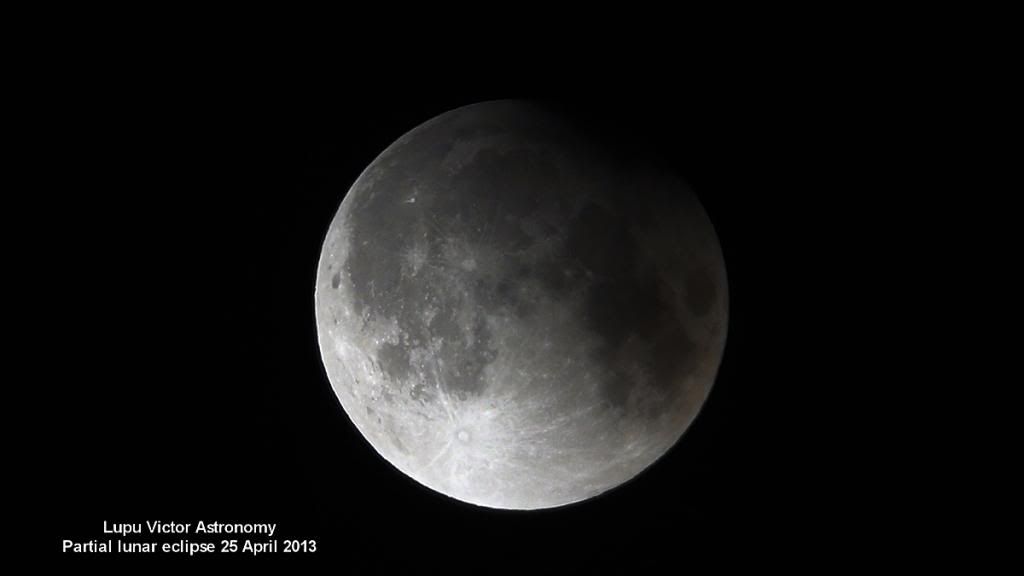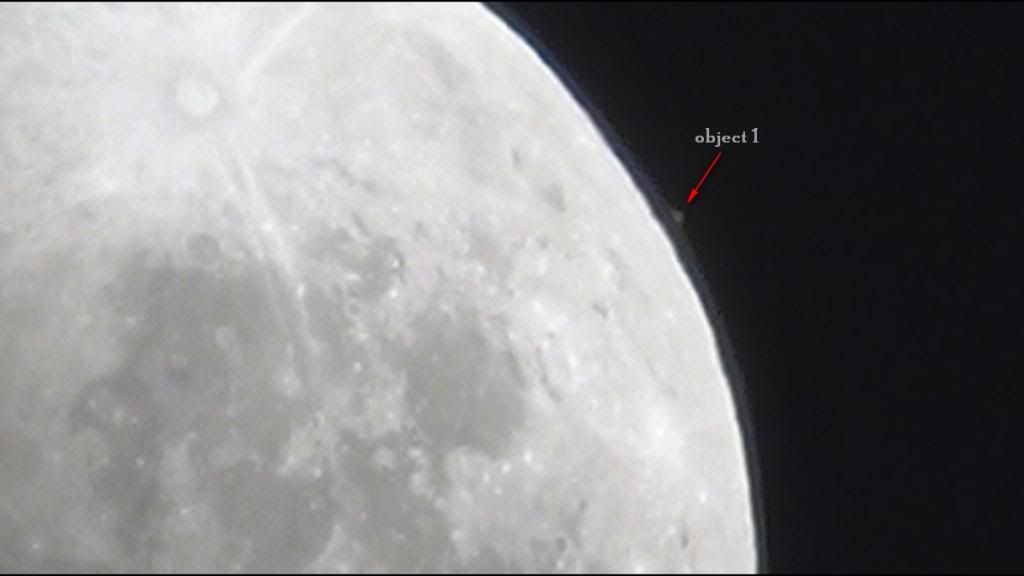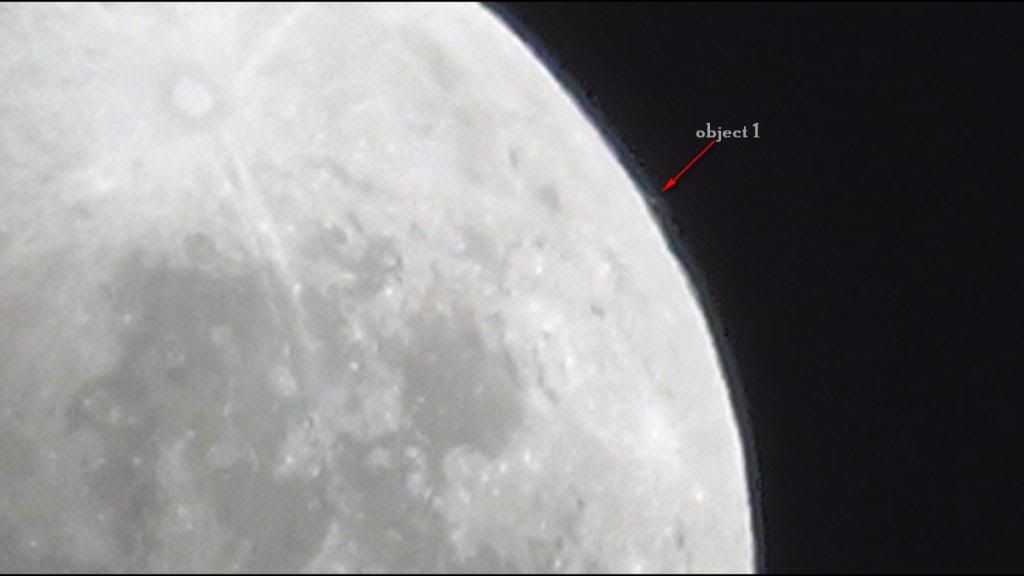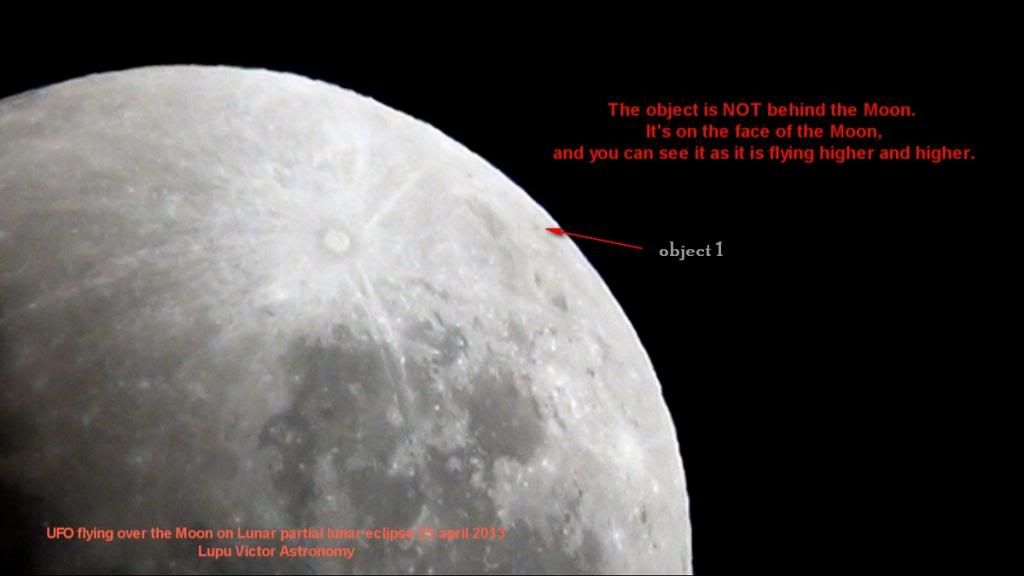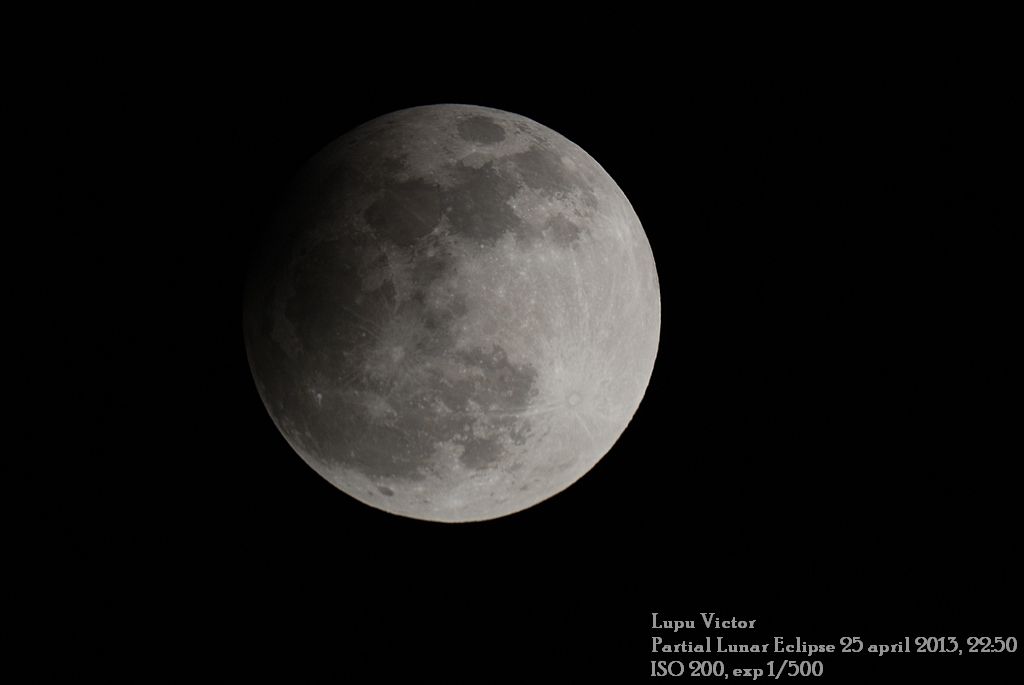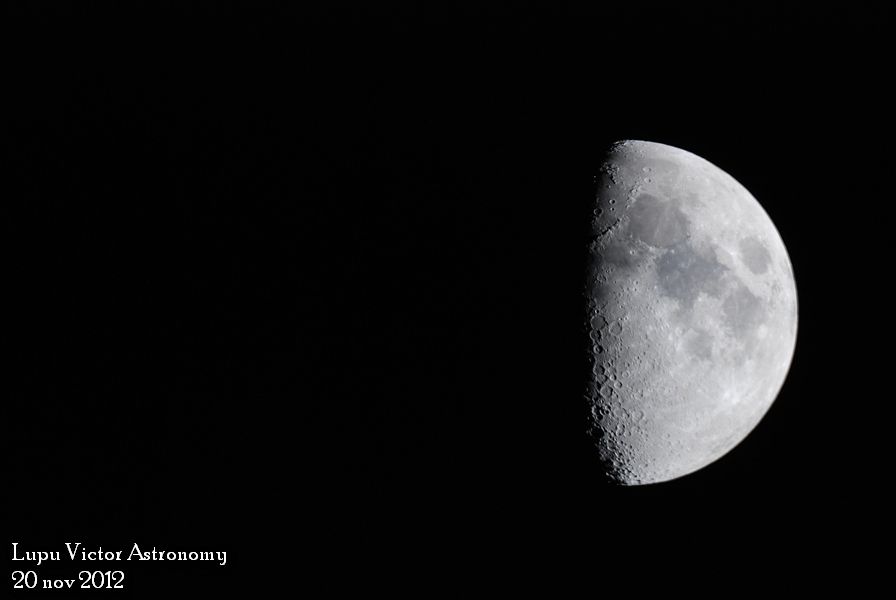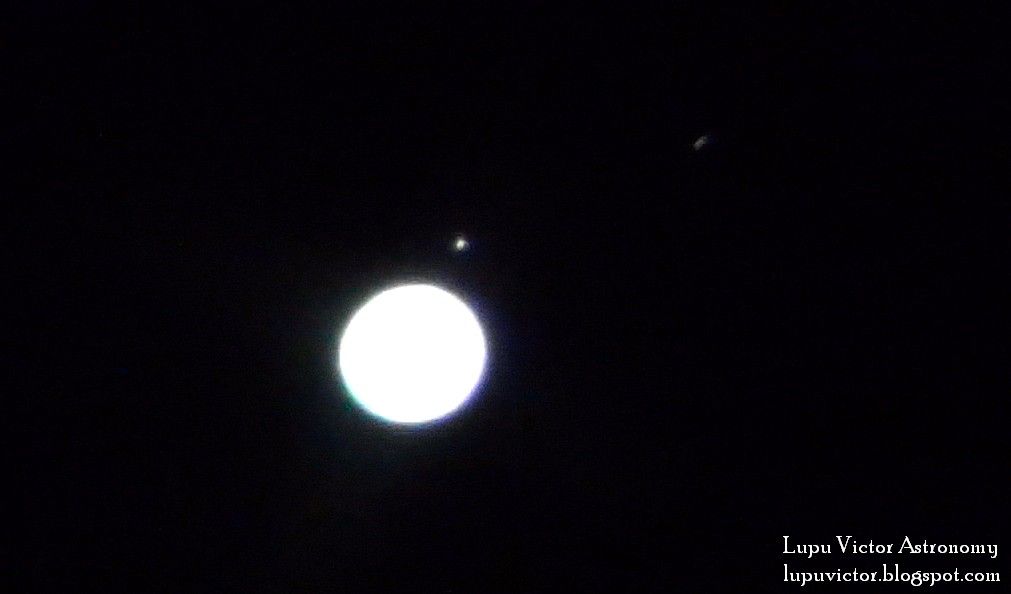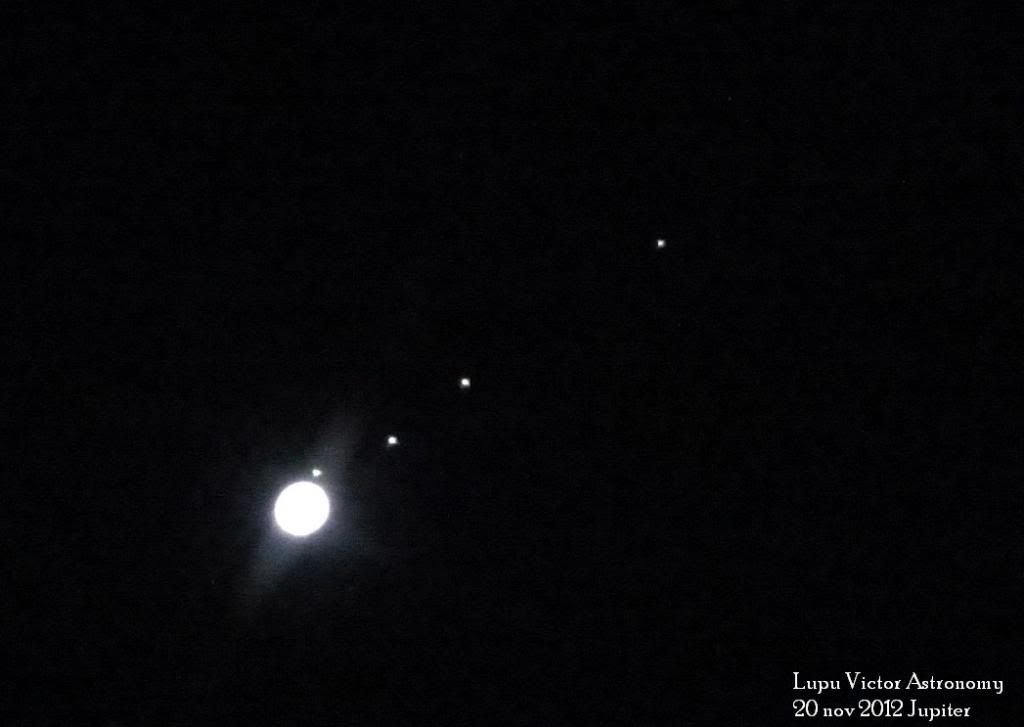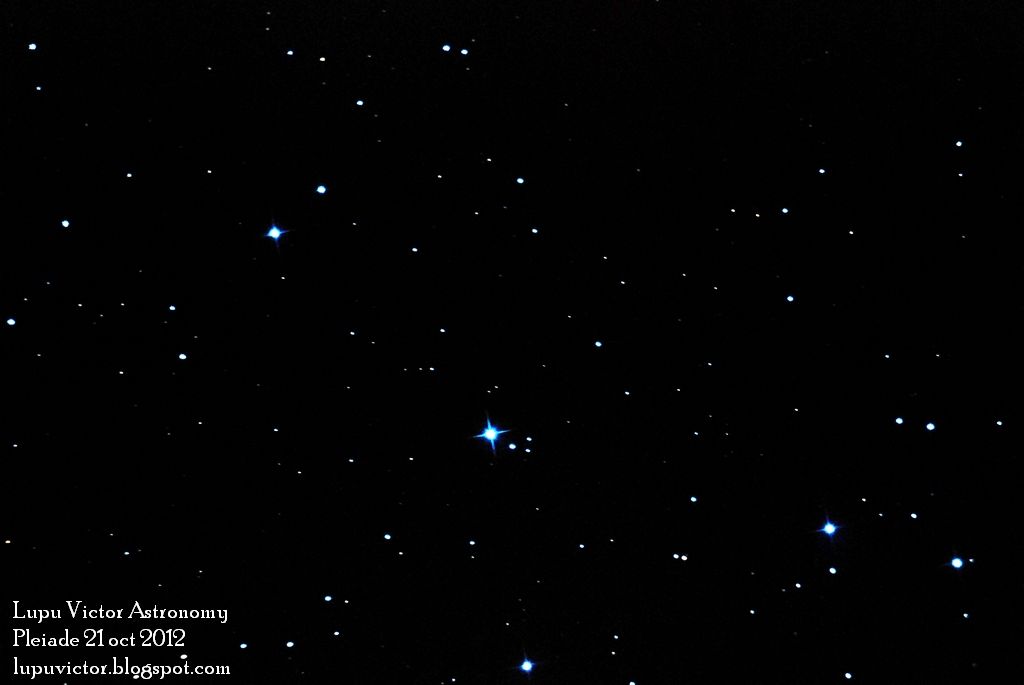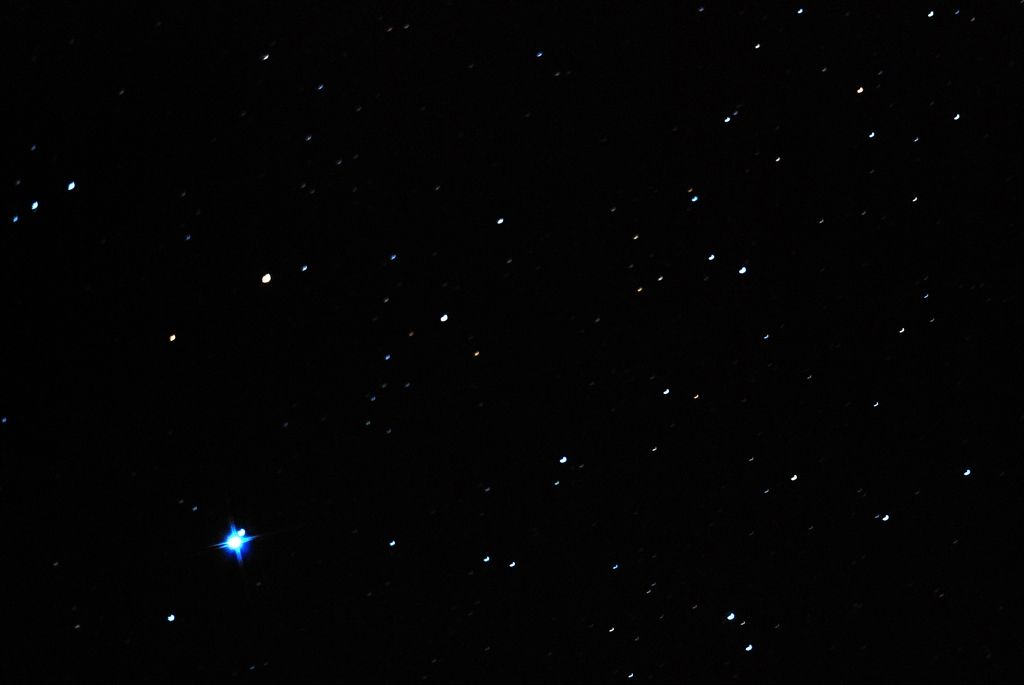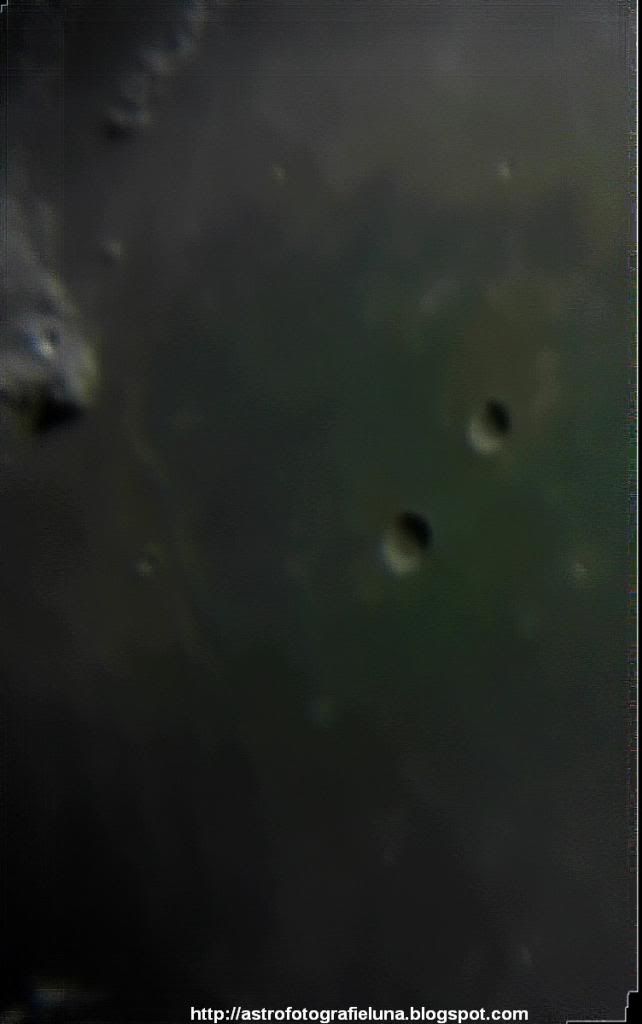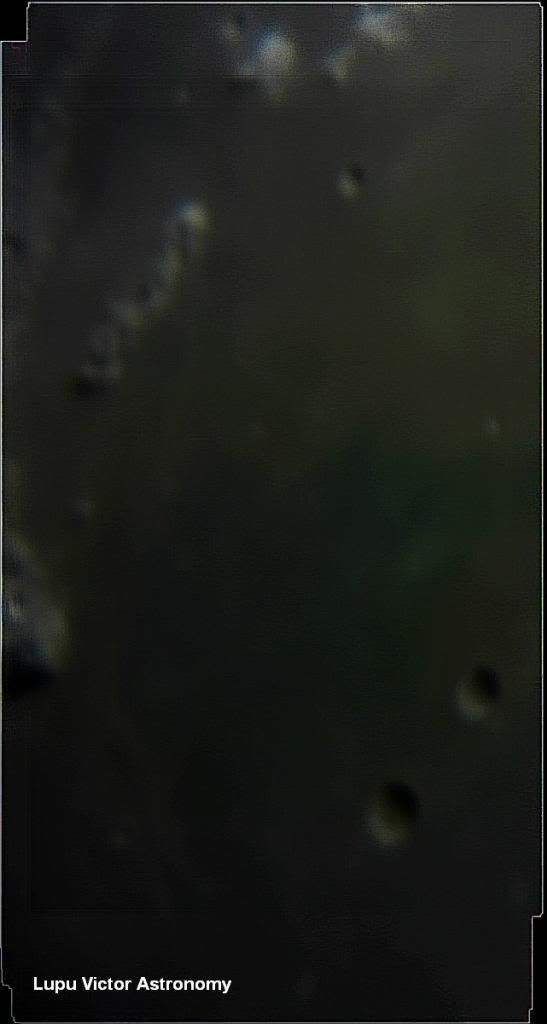A
Aberration of light is a phenomenon in which light appears to be slanted (the angle at which the light appears to be coming is different than the angle at which it's actually coming) if the observer is in motion.
Absolute zero, a hypothetical temperature where all molecular movement stops. All actual temperatures are above absolute zero. Absolute zero would occur at -273.16°C, or 0 K.
Acceleration is the rate of change of velocity. When an object is moving at a constant velocity (or if it is standing still) it has zero acceleration. An object whose velocity is increasing has a positive acceleration.
Achondritic meteorite is a stony meteorite, almost crystallized, with various minerals visible to the naked eye.
Acrux (also known as alpha Crux) is a star in the Southern Hemisphere constellation Crux (the Southern Cross).
Active galactic nuclei (AGN) are galaxies that have a massive black hole at the galactic center. These galaxies produce huge amounts of energy at all wavelengths of the electromagnetic spectrum. They produce more energy than the just the total energy emitted from all of the stars in the nebula.
Adaptive optics (AO) is a process in which distortions like those from the Earth's atmosphere, are removed from a telescope's image. First, a wavefront sensor uses a reference star to measure the distortions that are occurring. The distortions are then removed with a phase corrector.
Alt-Azimuth telescope mount is a "U"-shaped device that allows the telescope to move both up and down (Altitude) and left to right (Azimuth).
Altitude is a measurement in mapping astronomical objects on the celestial sphere (the sky as visible from Earth). Altitude is the angle of the object from the observer's horizon.
Angular distance is the measure of an arc, a segment of the circumference of a circle, and is expressed in degrees, radians, arc minutes (one-sixtieth of a degree), or arc seconds (one-sixtieth of a minute). For example, latitude is the angular distance north or south of the equator measured in degrees, and longitude is the angular distance east or west of the prime meridian (which goes through Greenwich, England), measured in degrees.
Annular eclipse is a type of solar eclipse. During an annular eclipse, the Sun looks like an "annulus" or ring. The ring is visible when the Moon does not entirely cover the disc of the Sun during the eclipse. This type of eclipse happens when the Sun is at perihelion (closest to the Earth, making the solar disc appear larger) and the Moon is at apogee (farthest from the Earth, making it look smaller).
Antimatter is matter that is composed of the counterparts of ordinary matter. For example, positrons are the antimatter counterpart of electrons; positrons have a positive charge instead of a negative charge. Antiparticles have the same mass as their counterpart, but the opposite charge. There seems to be very little antimatter in the universe.
Antipodal Point. A point that is on the opposite side of a celestial body from a given point is an antipodal point. For example, the North and South Poles are antipodal points on the Earth.
Apastron is the point of greatest separation of two stars, as in a binary star system orbit.
Aphelion is when an object (a planet or comet) orbiting the Sun, the aphelion is the point in its orbit which is farthest from the sun.
Aperture is the size of a telescope's main lens (or mirror).
Apoapsis means object orbiting a celestial body, the apoapsis is the point in its orbit which is farthest from that body.
Apparent magnitude is a measure of the brightness of a celestial object as seen from Earth. The lower the number, the brighter the object. Negative numbers indicate extreme brightness. The full moon has an apparent magnitude of -12.6; the sun's is -26.8. We can see objects up to 6th magnitude without a telescope.
Apparent time is the local time, determined by the angle of the sun.
Apparent solar day is the period of time between two successive passages of the sun across a meridian.
Arc is a segment along the circumference of a circle.
Arc minute is a measure of angularity and is equal to one-sixtieth of a degree (there are 360 degrees in a circle).
Armillary sphere is an instrument from the 1500s that was used to determine the relative positions of the celestial equator, the ecliptic, the planetary orbits, etc. This device consisted of a series of concentric rings.
Aasteroid is a large rocky object or very small planet (planetoid). Most asteroids orbit the Sun in the asteroid belt between Mars and Jupiter. A few asteroids approach the Sun more closely. An asteroid impact with the Earth may have caused the extinction of the dinosaurs.
Asthenosphere is a part of the upper mantle that exhibits plastic (flowing) properties. It is located below the lithosphere (the crust and rigid upper mantle), between about 100 and 250 kilometers deep.
Asteroid belt is a doughnut-shaped concentration of asteroids orbiting the Sun between the orbits of Mars and Jupiter (2.2 - 3.3 A.U.). This belt may have once been a planet (in the same orbit) that was destroyed by a collision with a huge asteroid or comet.
Astrolabe is an instrument that was used to determine the altitude of objects (like the sun) in the sky. It was first used around 200 B.C. by astronomers in Greece. The astrolabe was replaced by the sextant.
Astrometry is the precise measurement of the position and motion of astronomical objects, often with respect to standard star catalogues.
Astronautics is the science of the design, construction, and operation of spacecraft.
Astronomical unit, or AU, is equal to the mean (average) distance from the Earth to the Sun, about 93 million miles (150 million km). It takes a beam of light about 8.3 minutes to travel 1 AU.
Astronomy is the scientific study of space, including the planets, stars, galaxies, comets, and nebulae.
Astrophysics is a branch of astronomy that studies the physical properties of celestial bodies and other matter and energy in space.
Atmosphere is the mixture of gases that surrounds a planetary object, moon or star. The Earth's atmosphere is mostly nitrogen; the Sun's atmosphere is mostly hydrogen gas.
Atomic number is the number of protons in the nucleus of one of its atoms. The atomic number indicates the place of an element in the periodic table of the elements.
Auroras are beautiful undulating sheets of light in the near-polar sky. They are caused by gases that become excited after being hit by solar particles. Most auroras are 100 to 250 km above the ground.
Axial tilt, or obliquity to the ecliptic, is the tilt of a planet's axis from perpendicular to the plane of the ecliptic. Another way of looking at it is the angle between the plane of the planet's orbit and that of the equator.
Azimuth is a measurement in mapping astronomical objects on the celestial sphere (the sky as visible from Earth). Azimuth is the angle of the object from the observer's north point.
To find an object in the sky, two coordinates are needed, its altitude and its azimuth.
B
Background radiation is the microwaves permeating the universe that are probably the remnants of the Big Bang. This background radiation accounts for a temperature of 2.7 K in space.
Bar is a unit of pressure. One bar is equal to the pressure that the Earth's atmosphere exerts at sea level.
Barometer is a device that measures air (barometric) pressure. It measures the weight of the column of air that extends from the instrument to the top of the atmosphere. There are two types of commonly-used barometers, mercury and aneroid (meaning "fluidless") .
Bayer System . In each constellation, every star is classified using the Bayer system by assigning then Greek letters (alpha, beta, gamma, delta, epsilon, zeta, eta, theta, iota, kappa, lambda, mu, nu, xi, omicron, pi, rho, sigma, tau, upsilon, phi, chi, psi, and omega), in order of decreasing brightness. The Bayer system cannot go beyond 24 (the number of letters in the Greek alphabet).
Big bang theory states that the universe began as a tiny but powerful explosion of space-time roughly 13.7 billion years ago (plus or minus 1 percent).
Big crunch is the collapse of all of the matter in the universe - a reversal of the big bang. This is one hypothesized future of the universe, assuming that the universe is closed.
Binary star is really two stars that rotate around a common center of mass. About half of all stars are in a group of at least two stars.
Black dwarf is a small, very dense, cold, dead star. It is made mostly of carbon. This dark star is what remains after a red giant star loses its outer layers, forming a planetary nebula and then a white dwarf. The nuclear core of a black dwarf is depleted. Black dwarfs are about the size of the Earth (but tremendously heavier)! Our sun will someday turn into a black dwarf.
Black hole is a massive object (or region) in space that is so dense that within a certain radius (the Schwarzschild radius, which determines the event horizon), its gravitational field does not let anything escape from it, not even light.
Blue giant is a huge, very hot, very luminous, blue star. It is not a main sequence star but a post-main-sequence star. These incredibly hot stars burn helium.
Bolometric magnitude of a star includes the total radiation output of the star (not just visible light). It is the magnitude that a star would have if all of its energy were included in the measurement. It includes the entire electromagnetic spectrum: X-rays, ultraviolet, infrared, gamma rays, etc.
Bow shock is a supersonic shock wave that is formed as the solar wind interacts with the outermost layer of a planet's magnetosphere (or a highly conducting ionosphere).
Brightness ratio is a comparison of the brightness of two celestial objects (like stars or planets). The brightness ratio is defined as 2.512 raised to the difference of the magnitudes of the objects (since the magnitude scale is logarithmic and the difference in each successive magnitude is a factor of about 2.512 times). For example, a 1st magnitude star is 2.512 times brighter than a 2nd magnitude star.
Brown dwarf is a "star" whose mass is too small to have nuclear fusion occur at its core (the temperature and pressure at its core are insufficient for fusion) - a failed star. A brown dwarf is not very luminous. It is usually regarded as having a mass between 10
28 kg and 84 x 10
28 kg. It continues to cool down and contract, turning into a compact dark object that is not easily detected.
B-type stars are very hot and blue; they burn helium. Temperatures of B-type stars range from 11,000 - 25,000 K. Their mass averages 18 times the mass of the Sun and the average luminosity is 20,000 times that of the Sun. Examples include Rigel, Spica, and Regulus.
C
Cassegrain telescope is a wide-angle reflecting telescope with a concave mirror that receives light and focuses an image. A second mirror reflects the light through a gap in the primary mirror, allowing the eyepiece or camera to be mounted at the back end of the tube. The Cassegrain relecting telescope (named for the French sculptor Sieur Guillaume Cassegrain) was developed in 1672. A correcting plate (a lens) was added in 1930 by the Estonian astronomer and lens-maker Bernard Schmidt (1879-1935), creating the Schmidt-Cassegrain telescope which minimized the spherical aberration of the Cassegrain telescope.
Cassini Division is the main, dark division between Saturn's largest rings (the A and B rings). This gap is 2,920 miles (4,700 km) wide and is 73,010 miles (117,500 km) from the center of Saturn. It was discovered by G.D. Cassini in 1675.
CCD stands for charge-coupled device; it is a type of digital camera containing an array of extremely light-sensitive capacitors. A CCD can detect light coming in at rates as low as one photon per minute. In CCD astronomy, this light-sensitive integrated circuit is hooked up to a telescope, detecting even extremely faint images that were impossible to detect before.
Celestial equator is the projection of the Earth's equator onto the celestial sphere.
Celestial poles are the projection of the Earth's poles onto the celestial sphere.
Celestial sphere is an imaginary sphere whose center is the Earth. This sphere is used by astronomers to map celestial objects.
Center of mass is the location at which the entire mass of an object (or set of objects) may be considered for purposes of calculations. It is the point of the average weighted position in space of an object.
Centrifugal (meaning "center fleeing" in Latin) means directed outwards from the center.
Circumpolar constellation is one whose apparent path seems to circle a celestial pole. A circumpolar constellation never sets; it is always above the observer's horizon.
Circumpolar star is one whose apparent path seems to circle a celestial pole. A circumpolar star never sets; it is always above the observer's horizon.
Cluster is a group of stars or galaxies. Our own galactic cluster, the Local Group, is about 5 million light-years across and contains about 30 galaxies (the largest of which are the Andromeda galaxy, Triangulum, and our Milky Way). The next-closest cluster is the Virgo Cluster, which is about 60 million light-years from Earth.
CMB stands for Cosmic Background Radiation and is also abbreviated CMBR and CBR. CMB is the radiation (energy) which remains from the original Big Bang explosion which formed the universe.
Collimate . To collimate a telescope, one lines up the optical components, the lenses, mirrors, prisms, and eyepieces, into their proper positions. Collimating maximizes image quality.
Coma is the roughly spherical blob of gas that surrounds the nucleus of a comet. The coma is comprised of water vapor, carbon dioxide gas, and other neutral gases that have sublimed from the solid nucleus. The coma and the nucleus form the head of a comet.
Comet is a celestial body that orbits around the sun. It is made up of a nucleus (solid, frozen ice, gas and dust), a gaseous coma (water vapor, CO
2, and other gases) and a tail (dust and ionized gases). Its long tail of gas and dust always points away from the sun, because of the force of the solar wind. The tail can be up to 250 million km long, and is most of what we see.
Conjunction is the apparent close approach of a planet to the Sun (or another planet), from the point of view of an observer on the Earth. A planet is in conjunction when the Sun is exactly between that planet and the Earth or, for Mercury and Venus (the two inferior planets), when that planet, the
Sun, and the Earth are lined up.
Constellations that are either close to one another or have some other relationship. Some constellation families include the Zodiac (the 12 constellations representing the signs of the Zodiac), the Ursa Major Family (10 constellations, including Ursa Major, Ursa Minor Canes Venatici, Bootes, Coma Berenice, Corona Borealis, etc.), the Perseus Family (9 constellations, including Cassiopeia, Cepheus, Andromeda, Perseus, etc.), the Hercules Family (19 constellations, including Hercules, Sagitta, Aquila, etc.), the Orion Family (5 constellations, including Orion, Canis Major, Canis Minor, Monoceros, and Lepus), the Heavenly Waters (9 constellations, including Delphinus, Columba, Equuleus, Vela, Puppis, etc.), the Bayer Group (11 constellations, including Hydrus, Dorado, Volans, Apus,etc.), the La Caille Family (13 constellations, including Norma, Fornax, Circinus, etc.).
Continental drift is the movement of the Earth's continents. The land masses are hunks of Earth's crust that float on the molten core. The ideas of continental drift and the existence of a supercontinent (Pangaea) were presented by Alfred Wegener in 1915.
Convection is the transfer of heat by circulation through a gas or liquid.
Coronal mass ejections (CME's) are huge, balloon-shaped plasma bursts that come from the Sun.
Cosmic Background Radiation (abbreviated CMB, CMBR and CBR) is the radiation (energy) which remains from the original Big Bang explosion which formed the universe.
Cosmic Background Radiation (abbreviated CMB, CMBR and CBR) is the radiation (energy) which remains from the original Big Bang explosion which formed the universe.
Cosmic rays are very high energy particles that travel through space near the speed of light.
Cosmic year is the time it takes the Sun (and our entire solar system) to complete an orbit around the center of the Milky Way galaxy. A cosmic year is roughly 225 million years.
Cosmonaut is the Russian word for astronaut, a person who ventures into space.
Crater rays are lines of ejecta radiating from a crater.
Crescent Moon is part way between a half moon and a new moon, or between a new moon and a half moon.
Curvature of space-time is a distortion of space-time that is caused by the gravitational field of matter.










 Monday, April 29, 2013
Monday, April 29, 2013
 Unknown
Unknown



